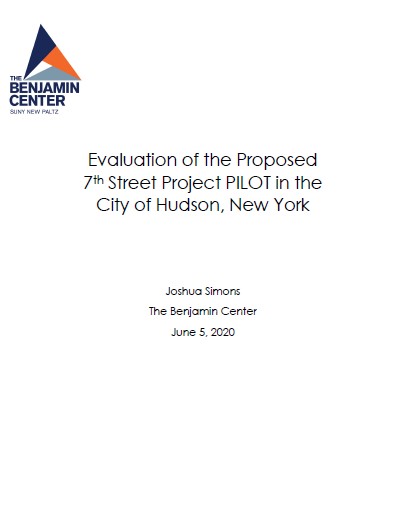
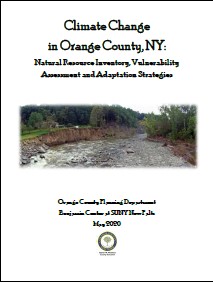
Climate Change in Orange County, NY
The impact of human activities on the global climate has become a significant area of focus within the scientific community inrecent decades. Much work has gone into studying and discussing the causes and effects of climate change in order to determine how to reduce and mitigate these impacts,as well as how to adapt to the wide-rangingand unpredictable changes the Earth willbeundergoing in the future. The overall goal of this report is to provide information and recommend strategies specific to Orange County in order toguide local policies and plans that, when executed, willreduce vulnerabilities, conserve natural resources, and make communities more resilient to the changing climate.This document takes the approach of analyzing climate impacts and adaptation strategies based on the County’s major watersheds due to the unique characteristics, threats, and needs of each area.

Evaluation of Proposed 7th Street Project PILOT in the City of Hudson, New York
In 2018, the City of Hudson Housing Task Force released the Hudson Strategic Housing Plan that highlighted the need for affordable housing in the city. The Galvan Foundation has proposed a PILOT agreement for a multi-use new construction project at 75 North 7th Street which consists of 77 units of affordable housing and commercial space. This analysis looks at each of the terms of the proposed PILOT individually, discusses them in context of other recent PILOT agreements for affordable housing projects in small cities in the Hudson valley, presents alternatives, and discusses the pros and cons of the options.
Link on City of Hudson Site: http://www.cityofhudson.org/news_detail_T10_R224.php
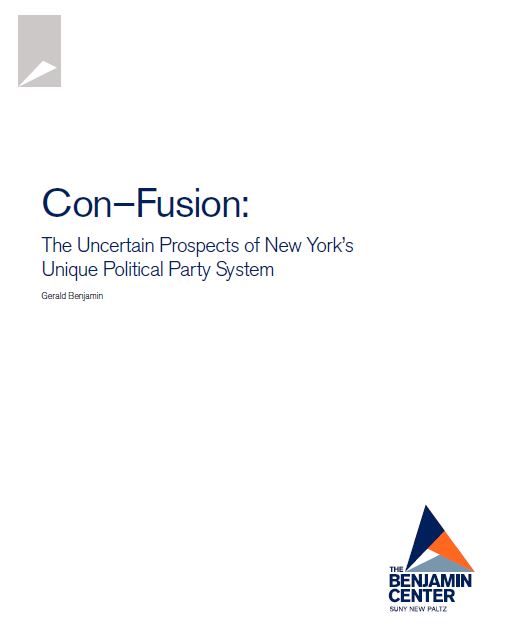
Con-Fusion: The Uncertain Prospects of New York’s Unique Political System
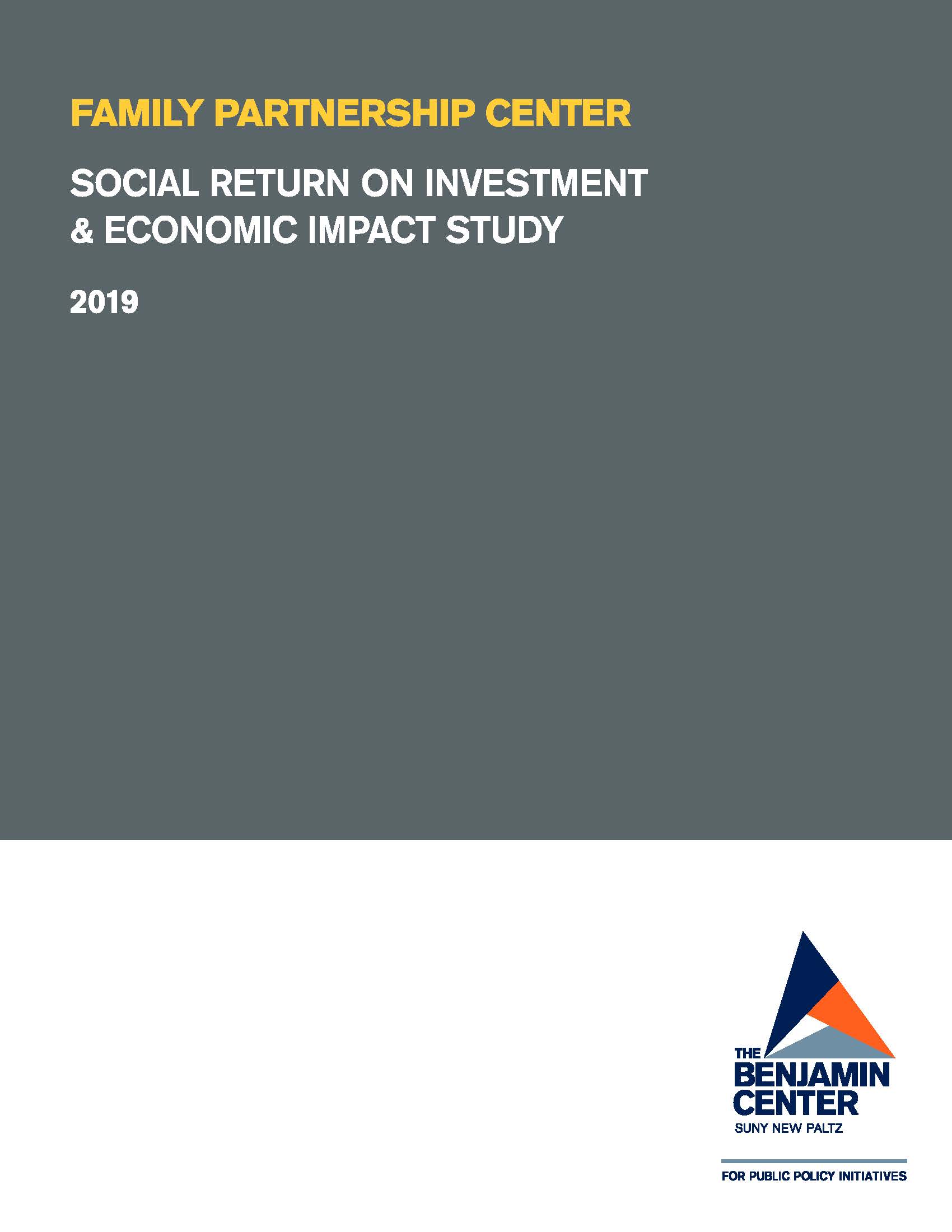
Social Return on Investment & Economic Impact Study 2019
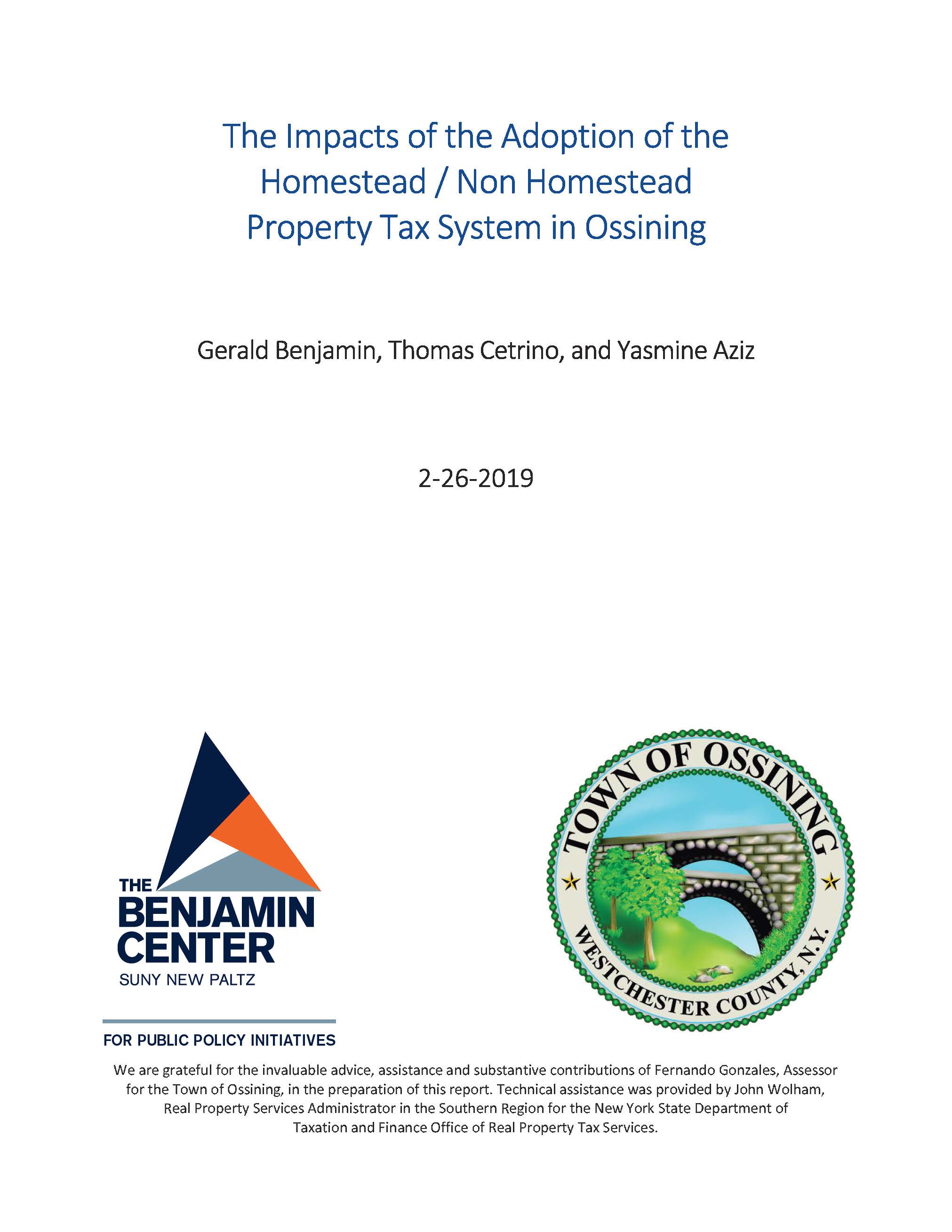
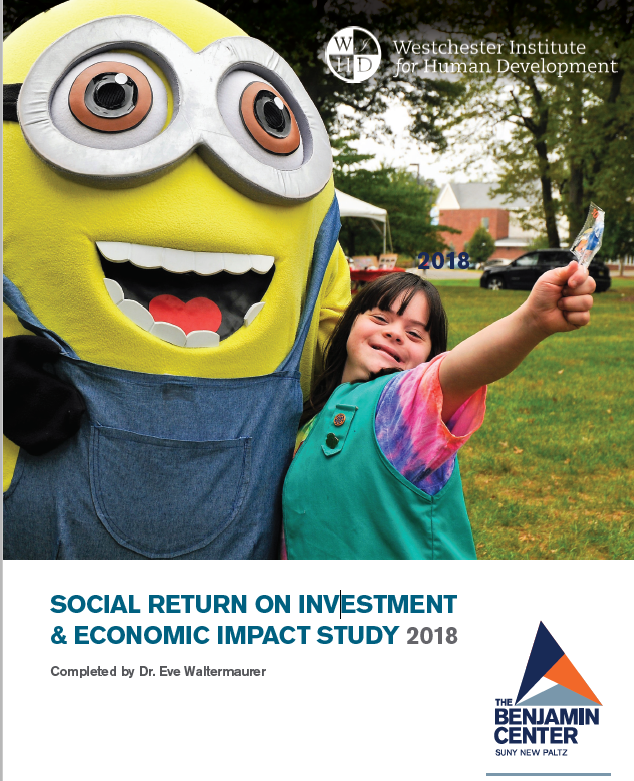
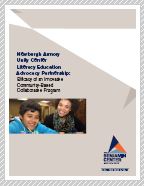

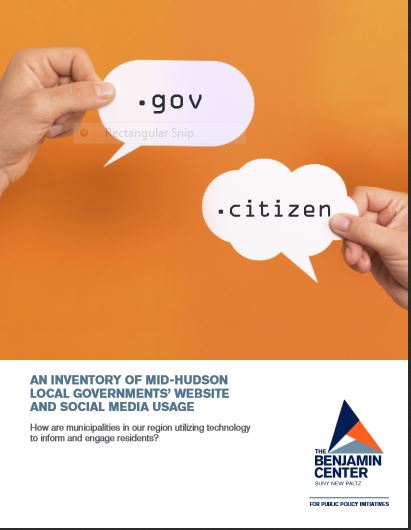
An Inventory of Mid-Hudson Local Governments’ Website and Social Media Usage

Mid-Hudson Arts & Culture: The Economic Impact
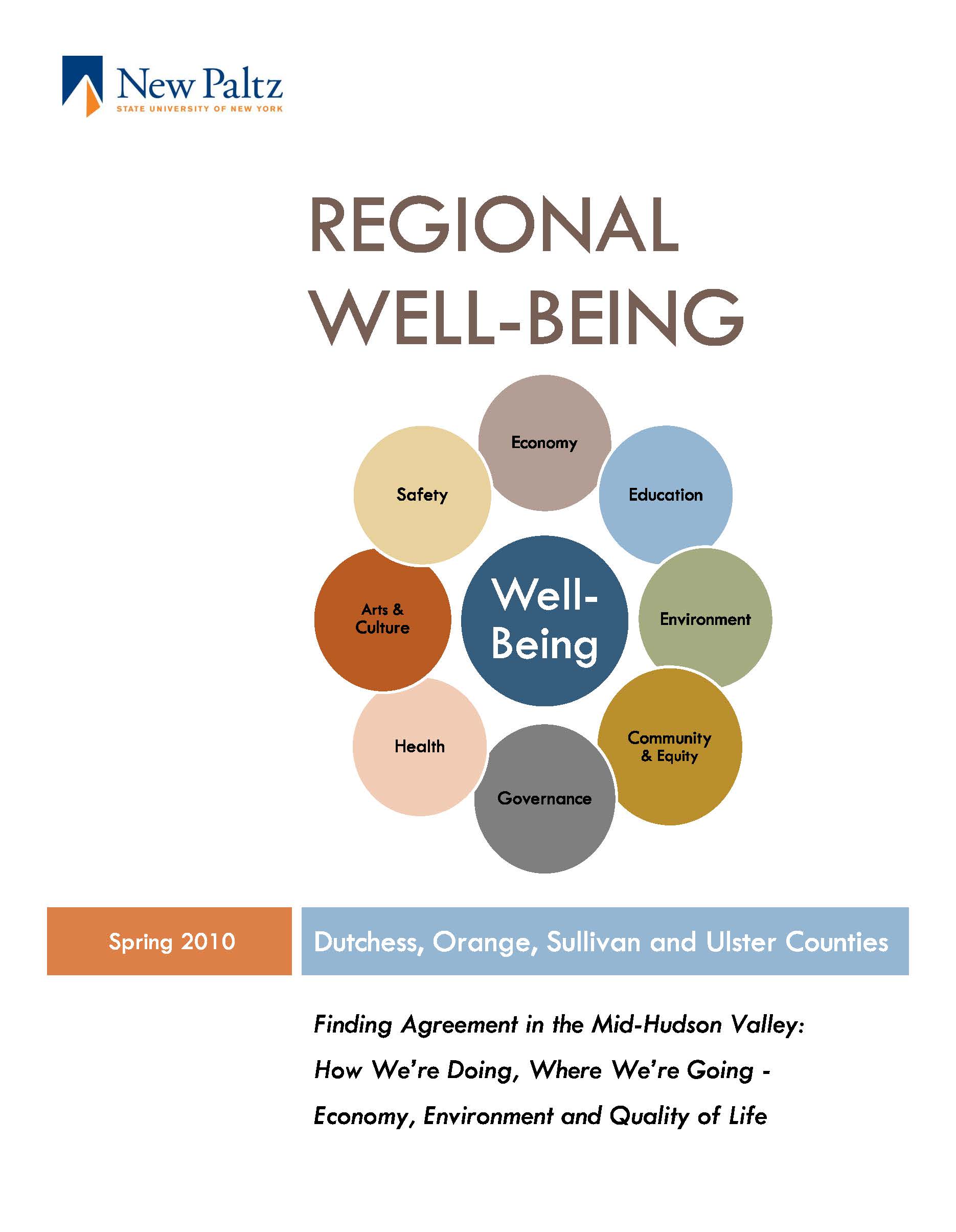
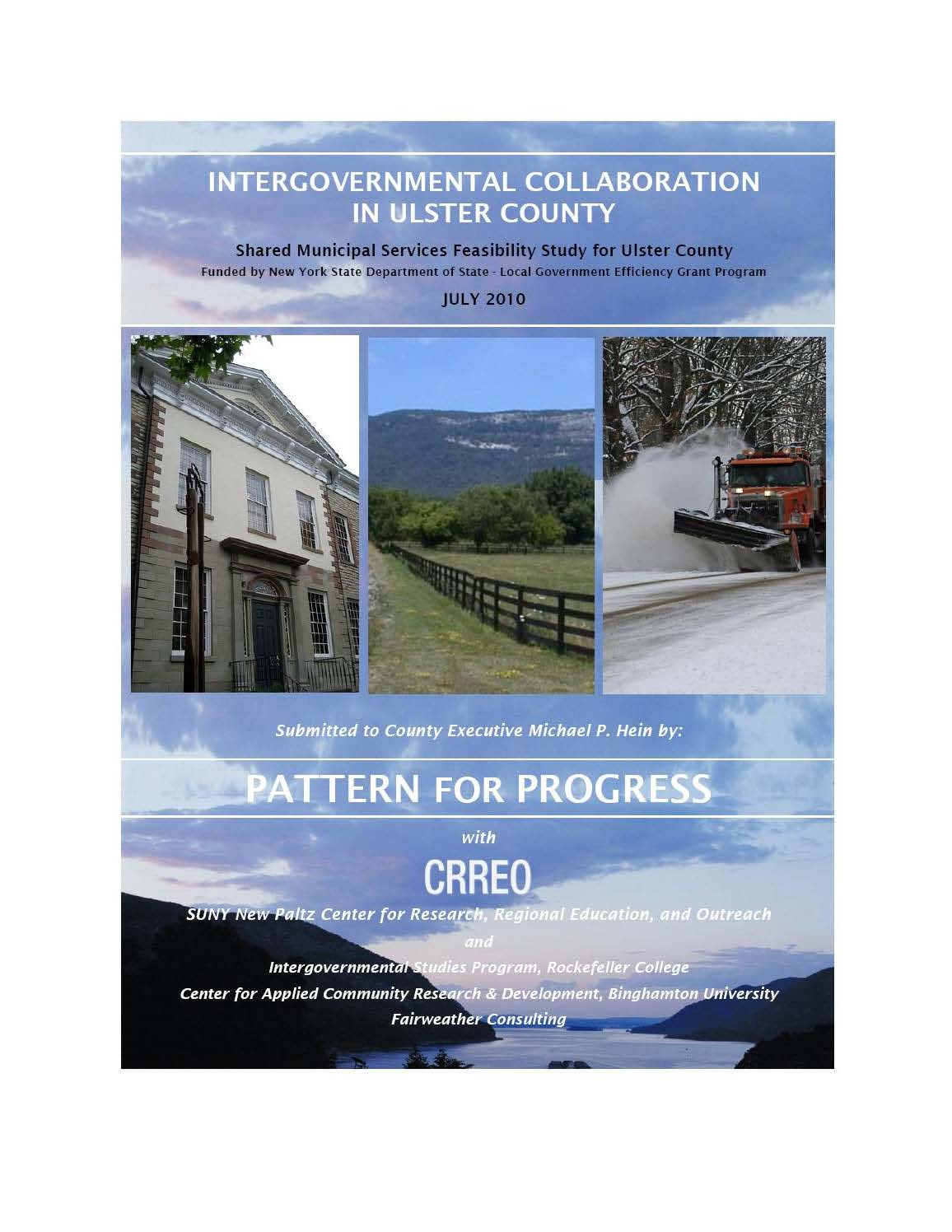
Intergovernmental Collabotation in Ulster County NY
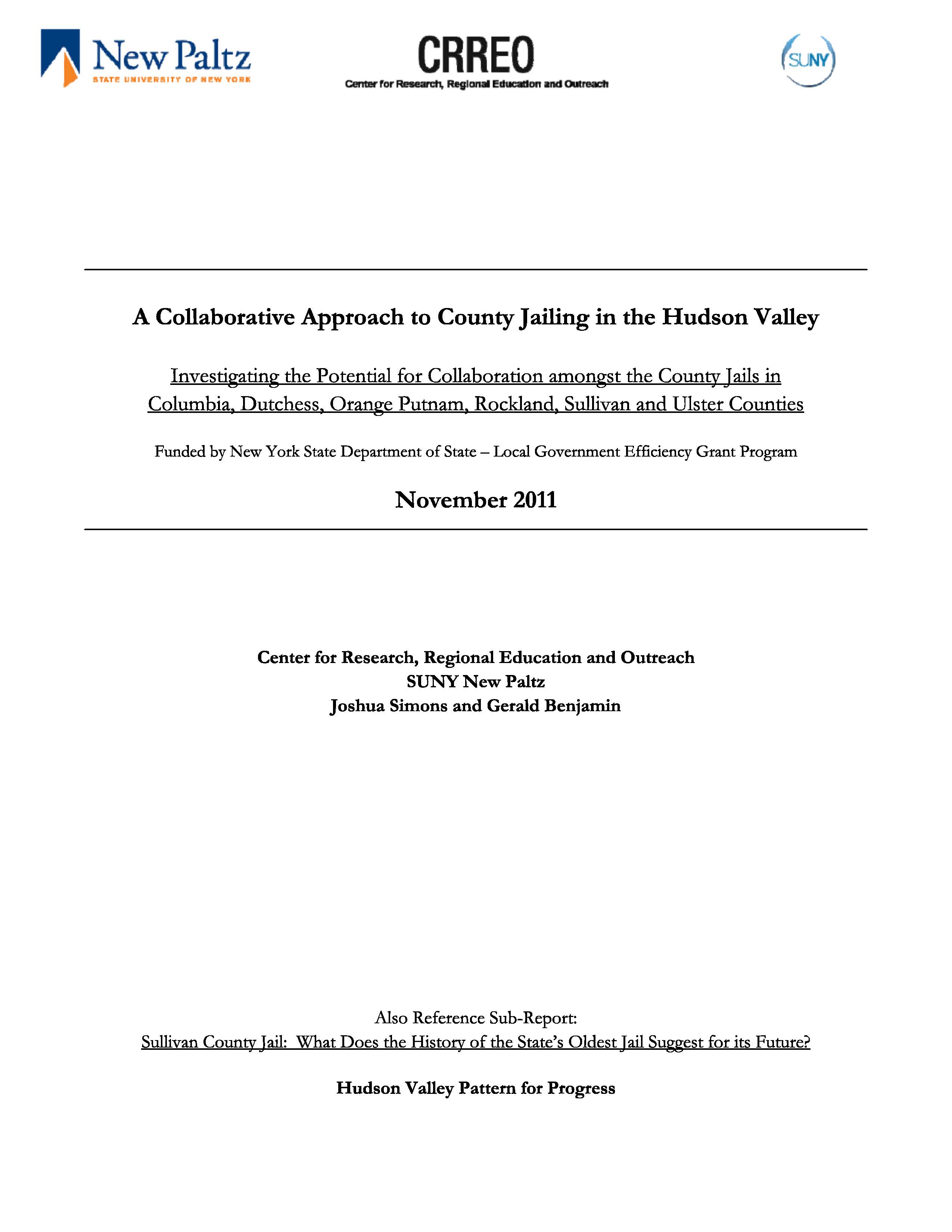
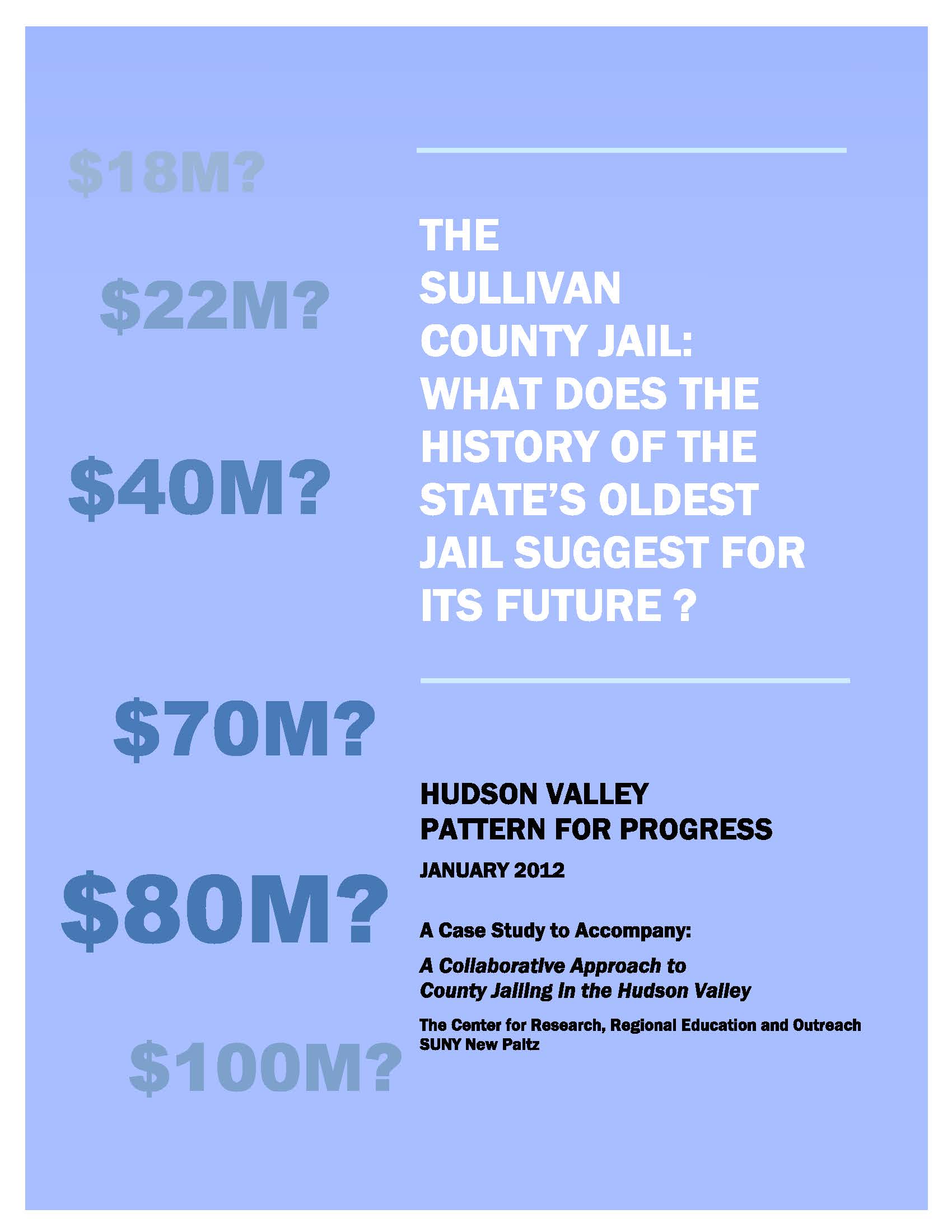
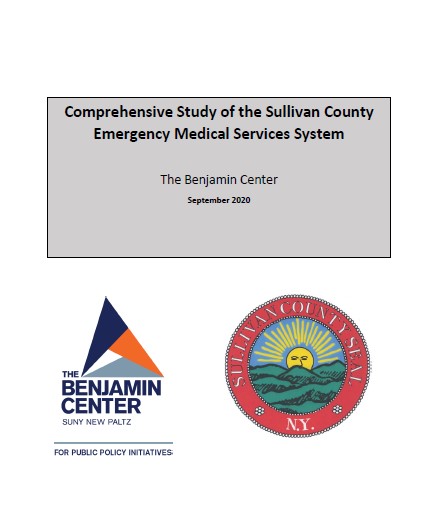
Comprehensive Study of the Sullivan County Emergency Medical Services System
The persistent challenges of delivering Emergency Medical Services (EMS) services in rural areas
in New York State and nationally have been the subject of significant previous study. This
reports responds to a request by the Sullivan County government for a study of “all aspects of
the EMS system currently in place in the County including, but not limited to response times,
call volume, Advanced Life Support (ALS) availability by time of day/day of week, availability of
volunteers, and geography to determine if improvements can be made, and if so what
improvements would increase the efficiency and effectiveness of the system to meet the
expectations of the residents of the County.” Much of it is based upon loosely structured indepth
interviews with leaders of Sullivan County’s ambulance corps.